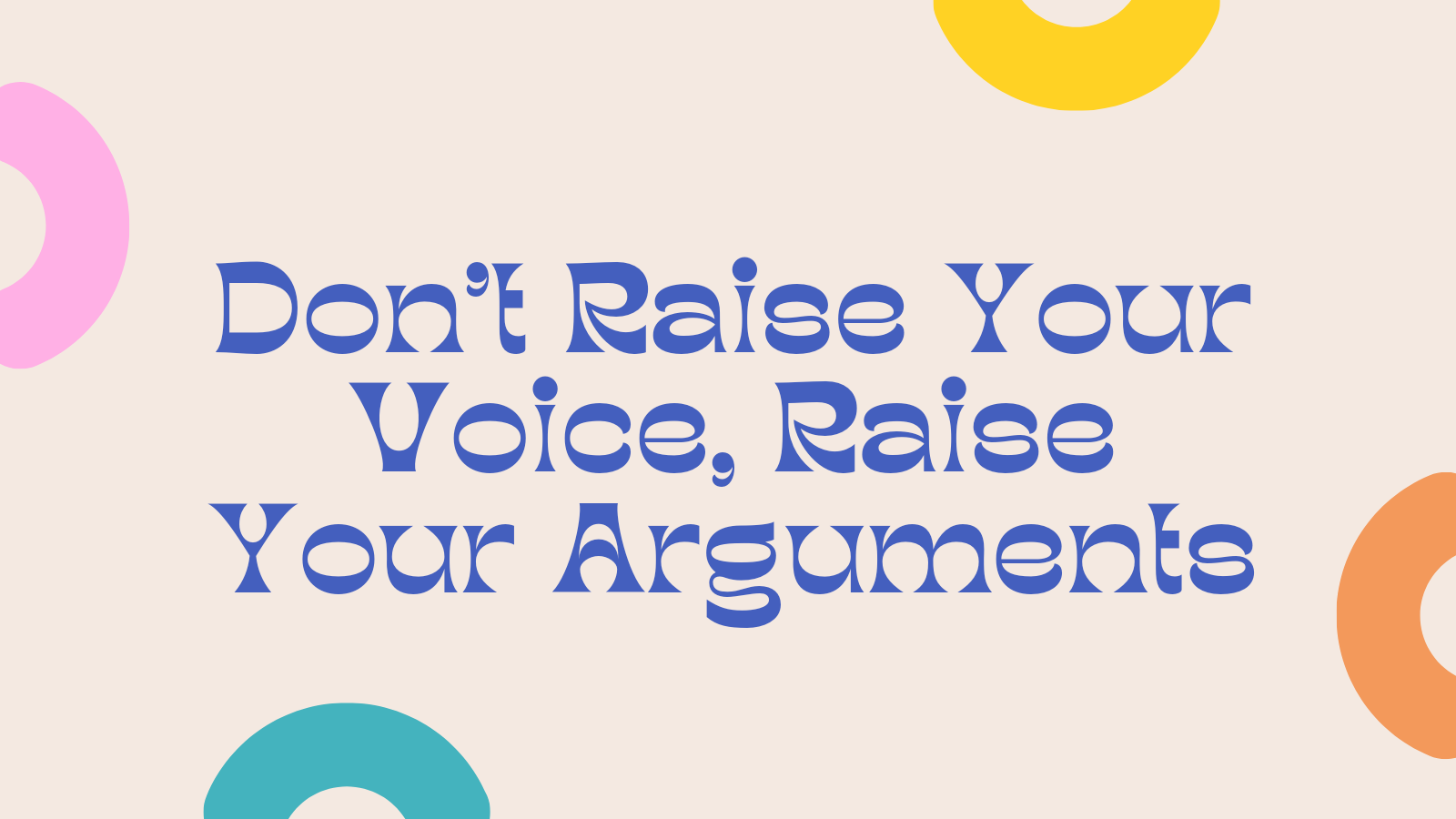Class 9 Gravitation and Floatation (CBSE Science)_some common questions that students might have?
When students learn about the chapter on gravitation in Class 9, they often have questions that spark their curiosity.
1. What is Gravitation?
- Students might wonder what gravitation actually is and how it works to keep objects on Earth and other planets grounded.
2. Why Do Things Fall?
- They might question why objects fall to the ground and what causes this phenomenon.
3. Why Don't Planets Fall into the Sun?
- Students could be curious about why planets stay in their orbits around the Sun instead of falling into it.
4. How Does Gravitational Force Work?
- They might want to understand how the force of gravity pulls objects towards each other and what factors affect its strength.
5. What is Mass and Weight?
- Students might be confused about the difference between mass and weight and how they relate to the concept of gravity.
6. Why Do Astronauts Float in Space?
- They might wonder why astronauts float in space even though there is no ground or surface to fall towards.
7. Why Does the Moon Orbit the Earth?
8. What is Universal Gravitation?
- They might be curious about how Newton's law of universal gravitation explains the attraction between all objects with mass.
9. How Does Gravitation Impact Tides?
- Students might want to know how the gravitational force from the Moon and the Sun causes tides on Earth's oceans.
10. Can Gravitational Force Be Weakened or Strengthened?
- They might ask whether it's possible to manipulate or control the force of gravity in any way.
Remember, these questions provide a starting point for understanding gravitation, and exploring these concepts in simple language and with detailed explanations can help students grasp the fascinating world of gravity more effectively.
In this chapter, we'll dive into the fascinating world of gravity and how objects float or sink in fluids.
Let's break down the key concepts step by step:
- Everything on Earth experiences a force called gravity, which pulls objects towards its center.
- Sir Isaac Newton explained gravity with his famous law of universal gravitation. It states that every object attracts every other object with a force that is directly proportional to their masses and inversely proportional to the square of the distance between them.
- Weight is the force with which an object is pulled due to gravity. It depends on the mass of the object and the acceleration due to gravity.
- When an object falls under the influence of gravity alone, it is said to be in free fall.
- The acceleration due to gravity on the surface of the Earth is approximately 9.8 m/s².
This means that the velocity of a falling object increases by 9.8 meters per second every second.
- Fluids exert pressure in all directions.
This is why things feel lighter when immersed in fluids.
- Archimedes' principle explains buoyancy: an object immersed in a fluid experience an upward buoyant force equal to the weight of the fluid displaced by the object.
- An object will float if its density is less than the density of the fluid it's placed in.
- The buoyant force acting on an object determines whether it will float, sink, or remain suspended in a fluid.
- We can calculate density using the formula: Density = Mass / Volume.
- Thrust is the force exerted on an object by a fluid, often due to fluid pressure differences.
- Buoyancy has various real-world applications, such as in hot air balloons, submarines, and ships.
- The gravitational force between the Sun and planets keeps them in their orbits.
- Kepler's laws of planetary motion provide insights into the movement of planets.
- The universal law of gravitation is applicable not only on Earth but also throughout the universe.
- Astronauts experience weightlessness in space because they are in free fall around the Earth.
Remember, understanding these concepts will help you appreciate the forces that shape our everyday experiences, from the way we stay grounded on Earth to the marvels of space exploration.
Feel free to explore further using educational resource provided by J Sunil Sir, and don't hesitate to ask if you have any questions or need more detailed explanations!
Check your Understanding
Question: The earth and the moon are attracted to each other by gravitational force. Does the earth attract the moon with a force that is greater or smaller or the same as the force with which the moon attracts the earth? Why?
Question: If the moon attracts the earth, why does the earth not move towards the moon?
Here we provide Study link to develop understandings and checking progress.
What is the law of gravitation Class 11?
What is the law of gravitation Class 9?
What is the value of G?
What is the formula for the derivation of gravitation?





Comments
Post a Comment